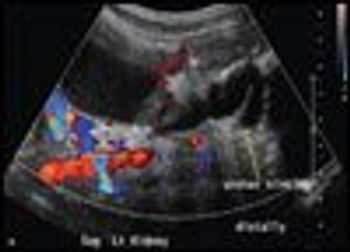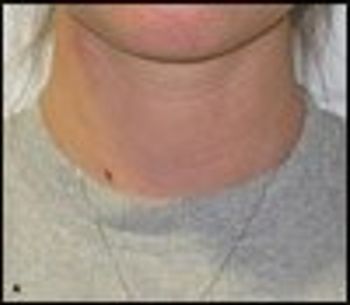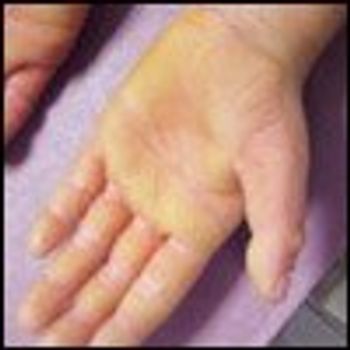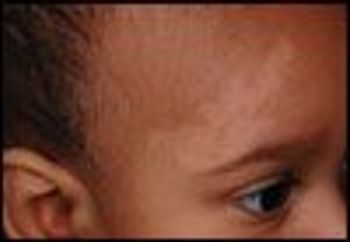
A 10-month-old boy with an asymptomatic rash is brought to your office by his mother. The rash, which began on the legs and spread to the arms, face, and buttocks, has been present for 3 days. Other than rhinorrhea and nasal congestion for the past 3 to 5 days, the infant has been well, although fussier than usual, especially at night. His appetite is normal. The rash has persisted despite the application of bacitracin, petroleum jelly, and cortisone. He has had no sick contacts with a similar rash or illness. His immunizations are up-to-date.




